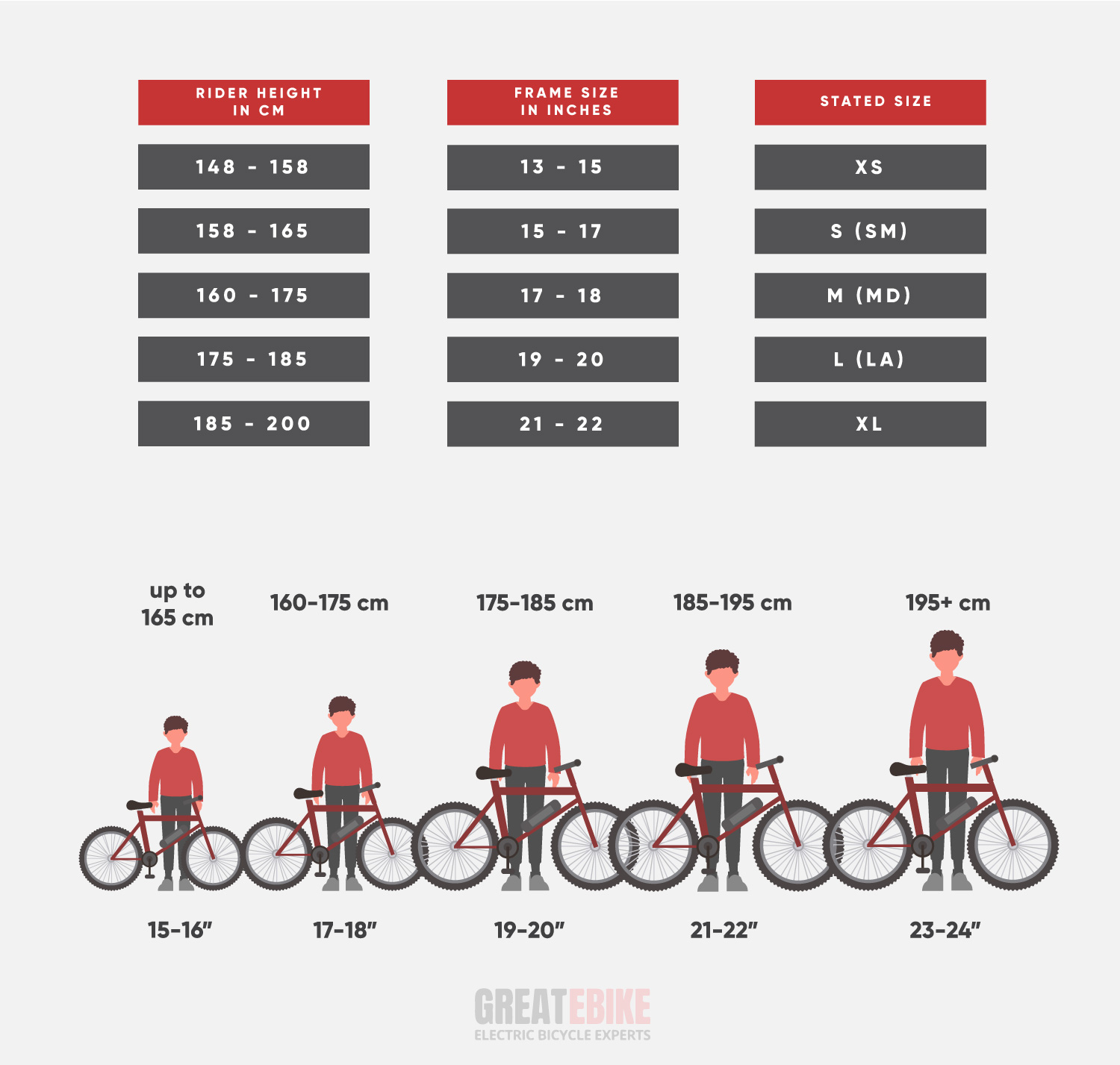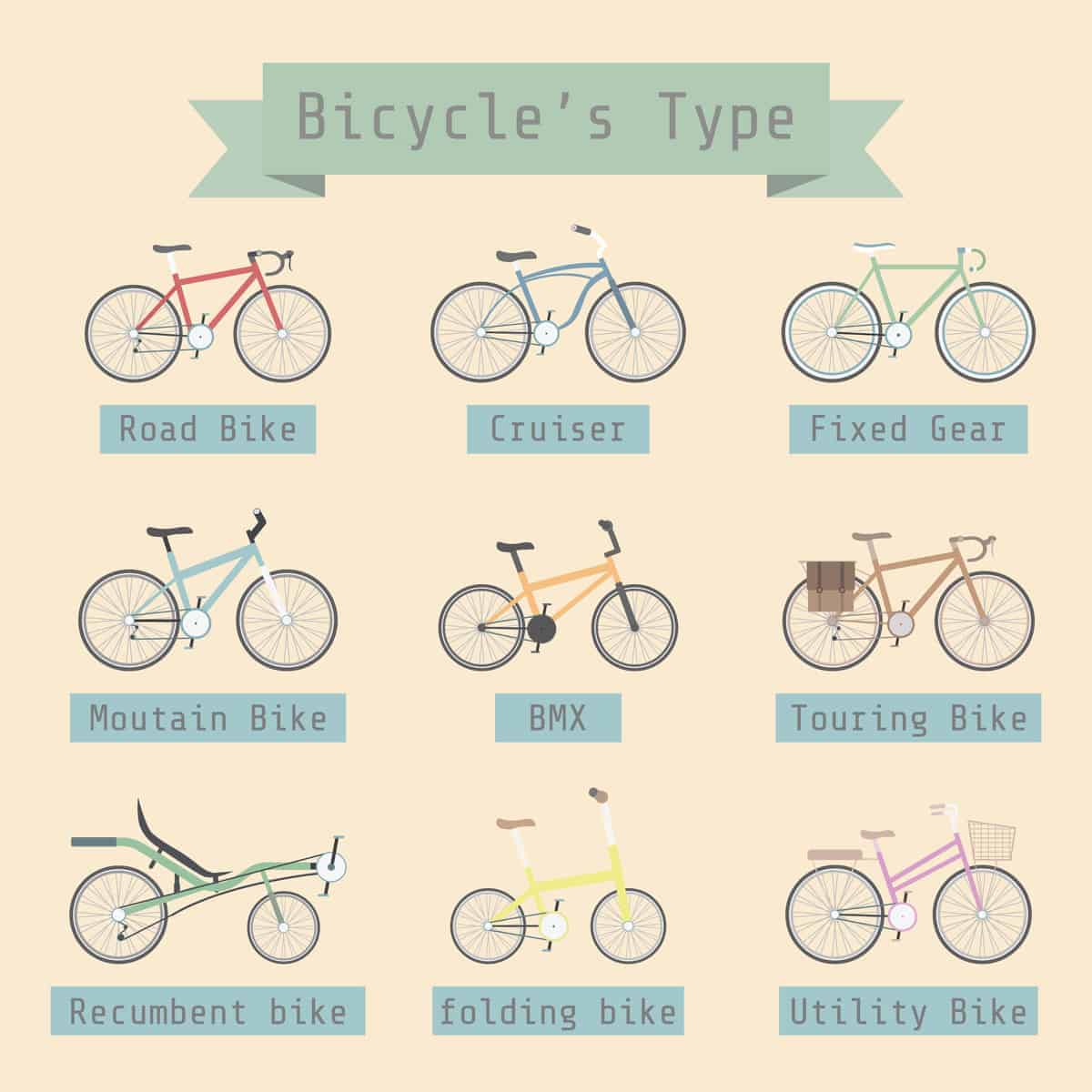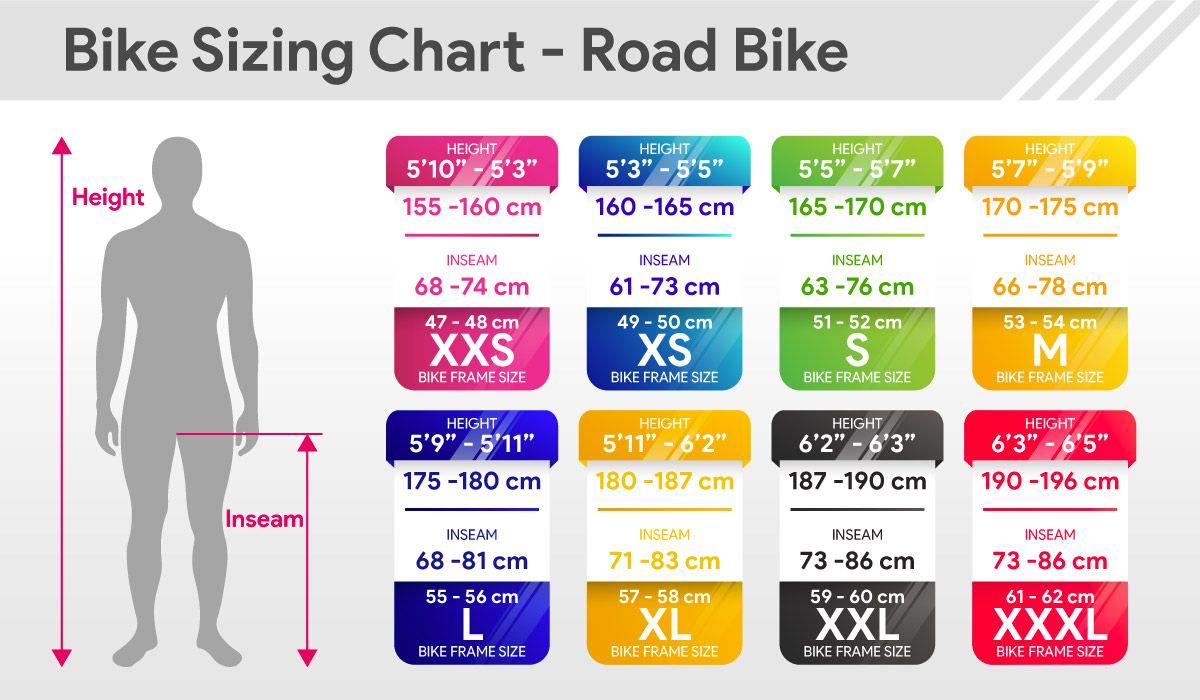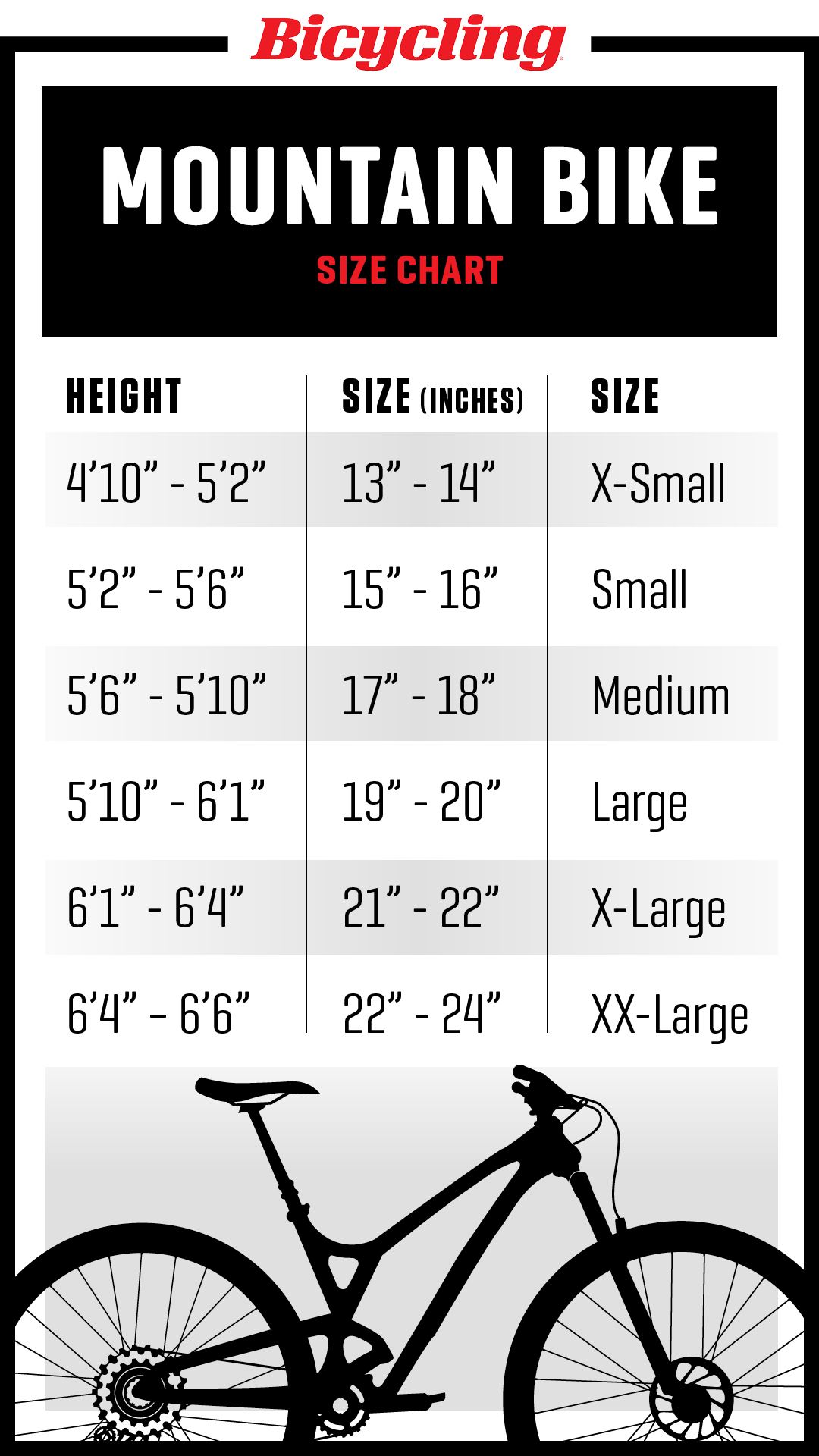Why Proper Bike Size Matters for Women
When it comes to cycling, a properly fitting bike is essential for a comfortable and enjoyable ride. For women, finding the right bike size can be particularly challenging due to the unique characteristics of the female body. Bike sizes for women are designed to accommodate the average female physique, taking into account factors such as inseam, height, and arm length. However, every woman’s body is different, and a bike that is too small or too large can lead to discomfort, fatigue, and even injury.
A bike that is too small can cause a woman to hunch over the handlebars, leading to strain on the neck, back, and shoulders. On the other hand, a bike that is too large can make it difficult to control, increasing the risk of accidents. Furthermore, a poorly fitting bike can also affect a woman’s performance, making it harder to pedal efficiently and maintain speed.
In contrast, a bike that is tailored to a woman’s specific needs can enhance her overall cycling experience. A properly fitting bike can improve comfort, increase efficiency, and reduce the risk of injury. It can also boost confidence and motivation, encouraging women to ride more frequently and explore new routes.
For women who are new to cycling, finding the right bike size can seem daunting. However, with a little knowledge and guidance, it’s easy to determine the perfect fit. By considering factors such as riding style, terrain, and personal preference, women can find a bike that meets their unique needs and enhances their cycling experience.
In the following sections, we’ll delve deeper into the world of women’s bike sizing, exploring topics such as how to read and interpret bike size charts, how to measure yourself for a women’s bike, and how to convert between different bike size systems. Whether you’re a seasoned cyclist or just starting out, this guide will provide you with the knowledge and expertise to find your perfect fit and take your cycling to the next level.
Understanding Women’s Bike Size Charts
Women’s bike size charts can seem overwhelming, especially for those new to cycling. However, understanding how to read and interpret these charts is crucial for finding the perfect bike size. Bike sizes for women vary across different types of bikes, including road bikes, mountain bikes, and hybrid bikes. Each type of bike has its unique size chart, taking into account factors such as inseam, height, and arm length.
A road bike size chart, for example, typically includes measurements such as standover height, top tube length, and seat tube length. These measurements are designed to provide a comfortable riding position, with the rider’s leg almost fully extended when the pedal is in its lowest position. Mountain bike size charts, on the other hand, often include measurements such as wheel size, frame size, and suspension travel. These measurements are designed to provide a stable and controlled ride on various terrain.
Hybrid bike size charts combine elements of both road and mountain bike charts, offering a versatile riding experience. When reading a women’s bike size chart, it’s essential to consider the following key measurements:
- Inseam: The distance from the floor to the crotch seam of your pants.
- Height: Your overall height, including your head and torso.
- Arm length: The distance from your shoulder to your wrist.
By considering these measurements and understanding how to read a women’s bike size chart, you can find a bike that fits your body perfectly. Remember, bike sizes for women are designed to provide a comfortable and efficient riding experience. By choosing the right size, you can enjoy a more enjoyable and rewarding ride.
When selecting a bike, it’s also essential to consider the type of riding you’ll be doing most often. If you’ll be riding on paved roads, a road bike may be the best choice. If you’ll be riding on trails or rough terrain, a mountain bike may be more suitable. By considering your riding style and terrain, you can find a bike that meets your specific needs and enhances your overall cycling experience.
How to Measure Yourself for a Women’s Bike
To determine your ideal bike size, you’ll need to take a few key measurements. These measurements will help you find a bike that fits your body perfectly, ensuring a comfortable and efficient ride. Here’s a step-by-step guide on how to measure yourself for a women’s bike:
**Inseam Measurement:** Stand against a wall with your feet shoulder-width apart. Place a book or a ruler between your legs, with the spine or edge against the wall. Measure the distance from the floor to the top of the book or ruler. This is your inseam measurement.
**Height Measurement:** Stand against a wall with your feet shoulder-width apart. Measure the distance from the floor to the top of your head. This is your height measurement.
**Arm Length Measurement:** Hold your arm straight out to the side, with your palm facing down. Measure the distance from the center of your back to your wrist. This is your arm length measurement.
**Tips for Ensuring Accuracy and Consistency:** To ensure accurate and consistent measurements, follow these tips:
- Take your measurements at the same time of day, as your body can fluctuate in size throughout the day.
- Wear the same type of clothing and shoes you plan to wear while cycling.
- Use a flexible measuring tape or a ruler to ensure accurate measurements.
- Take multiple measurements to ensure consistency.
Once you have your measurements, you can use a women’s bike size chart to determine your ideal bike size. Remember to consider the type of bike you’re looking for, as different types of bikes have different size charts. By taking the time to measure yourself accurately, you can find a bike that fits your body perfectly, enhancing your overall cycling experience.
When using a bike size chart, keep in mind that bike sizes for women can vary between brands and models. Be sure to check the specific size chart for the bike you’re interested in, as it may differ from other brands or models. By following these steps and considering the unique characteristics of your body, you can find a bike that meets your specific needs and provides a comfortable and enjoyable ride.
Women’s Bike Size Conversion: A Guide to Finding Your Equivalent Size
When shopping for a women’s bike, it’s not uncommon to encounter different size systems. Road bikes, mountain bikes, and hybrid bikes all have their own unique size charts, and converting between them can be confusing. In this section, we’ll provide a guide on how to convert between different bike size systems, including inches to centimeters and road bike to mountain bike.
**Inches to Centimeters Conversion:** To convert inches to centimeters, simply multiply the inch measurement by 2.54. For example, if your inseam measurement is 26 inches, your equivalent size in centimeters would be 66 cm.
**Road Bike to Mountain Bike Conversion:** When converting from a road bike size to a mountain bike size, it’s essential to consider the type of riding you’ll be doing. Mountain bikes typically have a more upright riding position, which can affect the fit. As a general rule, if you’re converting from a road bike to a mountain bike, you may want to consider a slightly larger size to accommodate the more upright position.
**Equivalent Sizes for Popular Women’s Bike Brands:** Here are some examples of equivalent sizes for popular women’s bike brands:
- Trek Women’s Bikes: XS (14-16 inches), S (16-18 inches), M (18-20 inches), L (20-22 inches)
- Specialized Women’s Bikes: XS (14-16 inches), S (16-18 inches), M (18-20 inches), L (20-22 inches)
- Liv Cycling: XS (14-16 inches), S (16-18 inches), M (18-20 inches), L (20-22 inches)
Keep in mind that these are general guidelines, and the best way to ensure a proper fit is to consult the specific size chart for the bike you’re interested in. By understanding how to convert between different bike size systems, you can find a bike that fits your body perfectly, regardless of the brand or type of bike.
When shopping for a women’s bike, it’s essential to consider the unique characteristics of your body and the type of riding you’ll be doing. By taking the time to understand bike size conversion and consulting the specific size chart for the bike you’re interested in, you can find a bike that meets your specific needs and provides a comfortable and enjoyable ride.
Top Women’s Bike Brands for Different Body Types
When it comes to finding the perfect bike, women’s body types can play a significant role in determining the best fit. Different bike brands cater to various body types, including petite, tall, and curvy women. Here are some top women’s bike brands that cater to different body types:
**Petite Women:** For petite women, bikes with smaller frames and lower standover heights are ideal. Brands like Trek Women’s Bikes and Specialized Women’s Bikes offer a range of petite-friendly bikes, including the Trek Lexa and the Specialized Dolce.
**Tall Women:** Tall women often require bikes with longer frames and higher standover heights. Brands like Liv Cycling and Giant Women’s Bikes offer a range of tall-friendly bikes, including the Liv Avail and the Giant Contend.
**Curvy Women:** For curvy women, bikes with a more relaxed geometry and a lower center of gravity are ideal. Brands like Surly Bikes and Salsa Cycles offer a range of curvy-friendly bikes, including the Surly Cross-Check and the Salsa Cutthroat.
**Other Brands:** Other brands that cater to different body types include:
- Cannondale Women’s Bikes: Offers a range of bikes for petite, tall, and curvy women.
- GT Bicycles Women’s Bikes: Offers a range of bikes for petite, tall, and curvy women.
- Juliana Bicycles: Offers a range of bikes designed specifically for women, including petite and tall-friendly options.
When choosing a bike, it’s essential to consider your body type and the type of riding you’ll be doing. By selecting a bike that caters to your specific needs, you can ensure a comfortable and enjoyable ride. Remember to always test ride a bike before purchasing to ensure the best fit.
In addition to considering your body type, it’s also essential to think about the type of riding you’ll be doing. Different types of riding, such as road biking, mountain biking, or commuting, require different types of bikes. By choosing a bike that’s designed for your specific riding style, you can ensure a comfortable and enjoyable ride.
Factors to Consider When Choosing a Women’s Bike Size
When selecting a women’s bike size, there are several factors to consider beyond just your body measurements. Riding style, terrain, and personal preference can all impact bike fit and overall comfort. Here are some key factors to consider:
**Riding Style:** Different riding styles require different types of bikes. For example, road biking requires a bike with a more aggressive geometry, while mountain biking requires a bike with a more upright geometry. Consider the type of riding you’ll be doing most often and choose a bike that’s designed for that style.
**Terrain:** The terrain you’ll be riding on can also impact bike fit. For example, if you’ll be riding on rough terrain, you may want a bike with a more relaxed geometry and a lower center of gravity. If you’ll be riding on smooth roads, you may want a bike with a more aggressive geometry and a higher center of gravity.
**Personal Preference:** Personal preference can also play a role in choosing a women’s bike size. Some women may prefer a more upright riding position, while others may prefer a more aggressive position. Consider your personal preference and choose a bike that fits your needs.
**Bike Type:** Different types of bikes have different size charts. For example, road bikes have a different size chart than mountain bikes. Make sure to check the specific size chart for the type of bike you’re interested in.
**Standover Height:** Standover height is the distance from the ground to the top of the bike’s frame. Make sure to check the standover height of the bike to ensure it’s comfortable for you.
**Seat Height:** Seat height is the distance from the ground to the top of the saddle. Make sure to check the seat height of the bike to ensure it’s comfortable for you.
**Handlebar Height:** Handlebar height is the distance from the ground to the top of the handlebars. Make sure to check the handlebar height of the bike to ensure it’s comfortable for you.
By considering these factors, you can choose a women’s bike size that’s right for you and provides a comfortable and enjoyable ride.
Common Mistakes to Avoid When Buying a Women’s Bike
When buying a women’s bike, there are several common mistakes to avoid. These mistakes can lead to a bike that doesn’t fit properly, which can result in discomfort, inefficiency, and even injury. Here are some common mistakes to avoid:
**Buying a Bike That’s Too Small:** A bike that’s too small can cause discomfort and inefficiency. When the bike is too small, the rider may have to stretch to reach the handlebars, which can lead to back and neck pain. Additionally, a bike that’s too small may not provide enough power and efficiency, making it difficult to ride long distances.
**Buying a Bike That’s Too Large:** On the other hand, a bike that’s too large can also cause discomfort and inefficiency. When the bike is too large, the rider may have to lean forward to reach the handlebars, which can lead to back and neck pain. Additionally, a bike that’s too large may be difficult to control, making it more likely to result in accidents.
**Not Considering Riding Style:** Different riding styles require different types of bikes. For example, road biking requires a bike with a more aggressive geometry, while mountain biking requires a bike with a more upright geometry. Not considering riding style can result in a bike that’s not suitable for the type of riding you’ll be doing.
**Not Trying Before Buying:** Trying before buying is essential when it comes to buying a women’s bike. This allows you to ensure that the bike fits properly and is comfortable to ride. Not trying before buying can result in a bike that doesn’t fit properly, which can lead to discomfort and inefficiency.
**Not Considering Bike Size Charts:** Bike size charts are an essential tool when it comes to buying a women’s bike. These charts provide a guide for determining the correct bike size based on your height, inseam, and arm length. Not considering bike size charts can result in a bike that doesn’t fit properly.
By avoiding these common mistakes, you can ensure that you buy a women’s bike that fits properly and is comfortable to ride. Remember to consider your riding style, try before you buy, and use bike size charts to ensure the best fit.
Getting a Professional Bike Fit: Is it Worth the Investment?
A professional bike fit is a customized fitting process that ensures your bike is tailored to your specific needs and body type. This process involves a trained professional who will assess your riding style, body measurements, and bike setup to provide a precise fit. But is it worth the investment?
**Benefits of a Professional Bike Fit:** A professional bike fit can provide numerous benefits, including improved comfort, increased efficiency, and reduced risk of injury. By ensuring a precise fit, you can enjoy a more comfortable ride, reduce fatigue, and improve your overall cycling performance.
**How a Professional Bike Fit Works:** A professional bike fit typically involves a series of assessments and adjustments. The process begins with a thorough assessment of your body measurements, including your height, inseam, and arm length. The fitter will then assess your riding style, including your posture, pedaling technique, and bike handling skills.
**Adjustments and Recommendations:** Based on the assessment, the fitter will make adjustments to your bike setup, including the saddle height, handlebar height, and cleat position. They may also recommend changes to your riding technique, such as adjustments to your pedaling style or body position.
**Is it Worth the Investment?:** While a professional bike fit may seem like an additional expense, it can be a worthwhile investment for serious cyclists. By ensuring a precise fit, you can enjoy improved comfort, increased efficiency, and reduced risk of injury. Additionally, a professional bike fit can help you get the most out of your bike and improve your overall cycling performance.
**Cost and Availability:** The cost of a professional bike fit can vary depending on the location, fitter, and type of bike. On average, a professional bike fit can cost anywhere from $100 to $300. Many bike shops and cycling studios offer professional bike fits, so it’s worth checking with local providers to find one that suits your needs and budget.
**Conclusion:** A professional bike fit is a valuable investment for serious cyclists. By ensuring a precise fit, you can enjoy improved comfort, increased efficiency, and reduced risk of injury. While it may seem like an additional expense, a professional bike fit can help you get the most out of your bike and improve your overall cycling performance.







